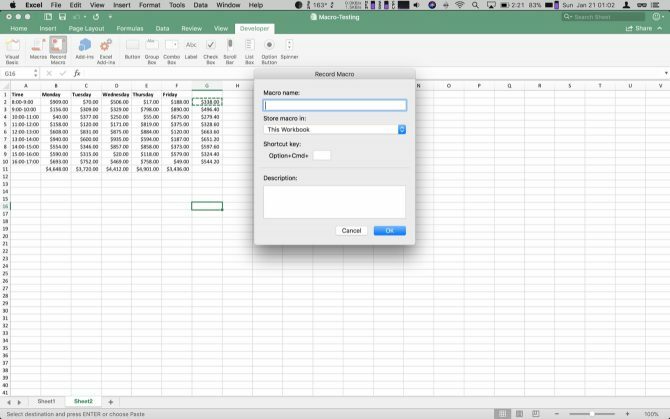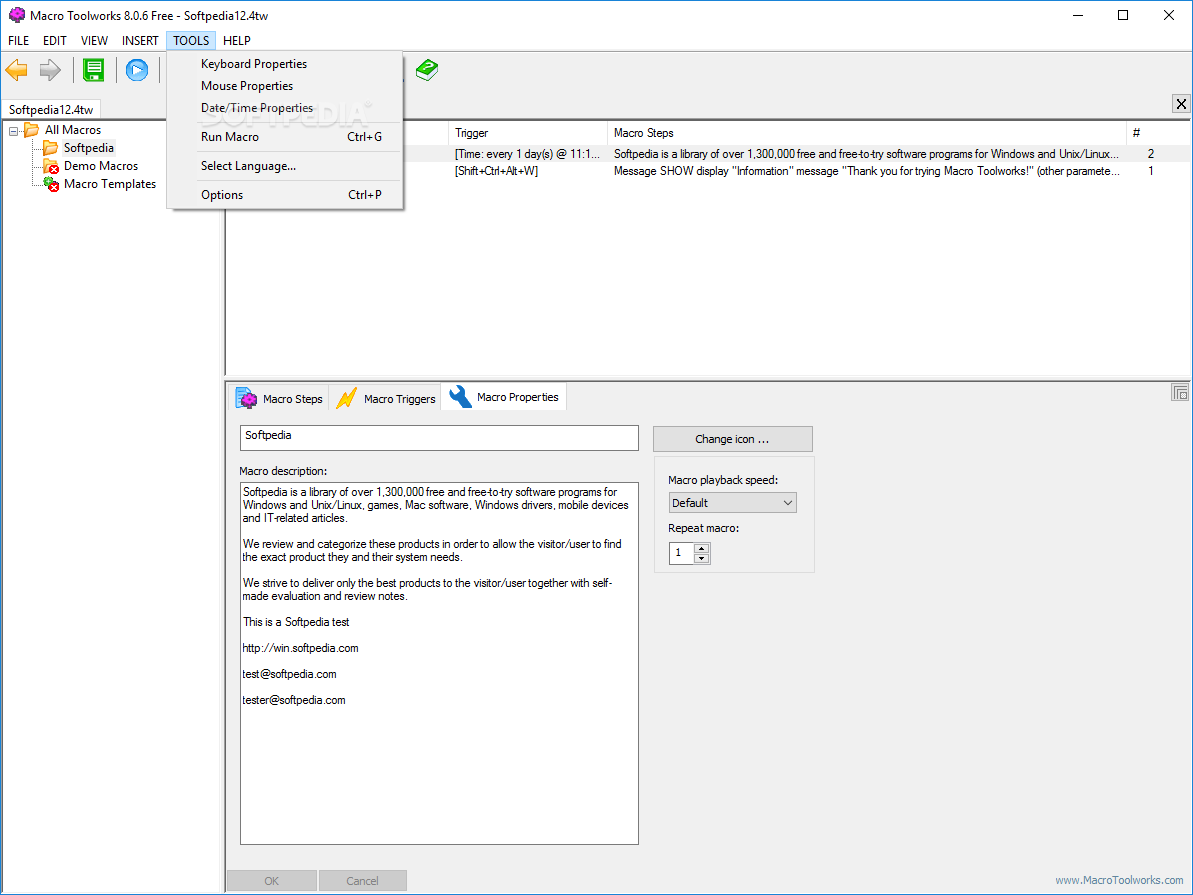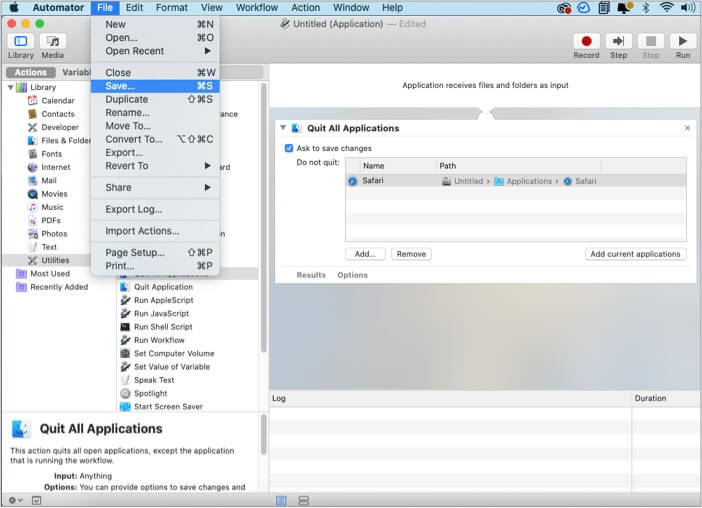

To play back a named macro, open the Edit menu, point to Macros, and click the necessary macro name. To play back a temporary macro, open the Edit menu, point to Macros, and click Play Back Last Macro. If the macro is intended for temporary use only, you can leave the name blank. In the Enter Macro Name dialog, specify the name for the new macro and click OK. Press or select Edit | Macros | Stop Macro Recording. Perform necessary actions that you want to be recorded. Open the Edit menu, point to Macros, and click Start Macro Recording. For permanent macros, assign unique names. You cannot record button clicks, navigating to popups, and accessing tool windows, menus, and dialogs.Ī temporary macro can be used without a name. Macros can be used to combine a sequence of editor-related actions within a file. You can record, edit and play back macros, assign a shortcut to them, and share them. Lots of people! You can find out more on our Contributors page.Macros provide a convenient way to automate repetitive procedures you do frequently while writing code. If you find a bug, or have a suggestion, you can also file an issue on the issue tracker. You can usually get a quick answer in our IRC channel, #hammerspoon on Libera. For more information, see the contribution guidelines on GitHub.īugs found on can be reported on GitHub Where can I get help? They can either be pure Lua scripts that offer useful helper functions, or you can write Objective-C extensions to expose new areas of system functionality to users. More extensions will always be a huge benefit to Hammerspoon. You can learn more about the Lua scripting language at lua.org.
#Macro tool for mac full
If you are new to Hammerspoon, read the Getting Started Guide with reference to the full API documentation.

You will need to create a Lua script in ~/.hammerspoon/a using our APIs and standard Lua APIs. Out of the box, Hammerspoon does nothing.
#Macro tool for mac install
How do I install it?ĭownload the latest release and then drag the application to /Applications/.

You might want to do something crazy like have iTunes automatically start playing when your Mac detects you are in Paris. You might want to display an alert when your battery drops below a certain percentage. You might want to run a series of commands when your wifi interface connects to your home network. You might want to bind a keyboard shortcut to a series of window operations, or an applescript. Typically you would write a configuration file in Lua that connects events to actions. If you want to explore the options Hammerspoon offers, check out the Getting Started Guide and the full API documentation as well as the already pre-made plugins called Spoons.
#Macro tool for mac code
You can write Lua code that interacts with OS X APIs for applications, windows, mouse pointers, filesystem objects, audio devices, batteries, screens, low-level keyboard/mouse events, clipboards, location services, wifi, and more. What gives Hammerspoon its power is a set of extensions that expose specific pieces of system functionality, to the user.

At its core, Hammerspoon is just a bridge between the operating system and a Lua scripting engine. This is a tool for powerful automation of OS X.


 0 kommentar(er)
0 kommentar(er)
